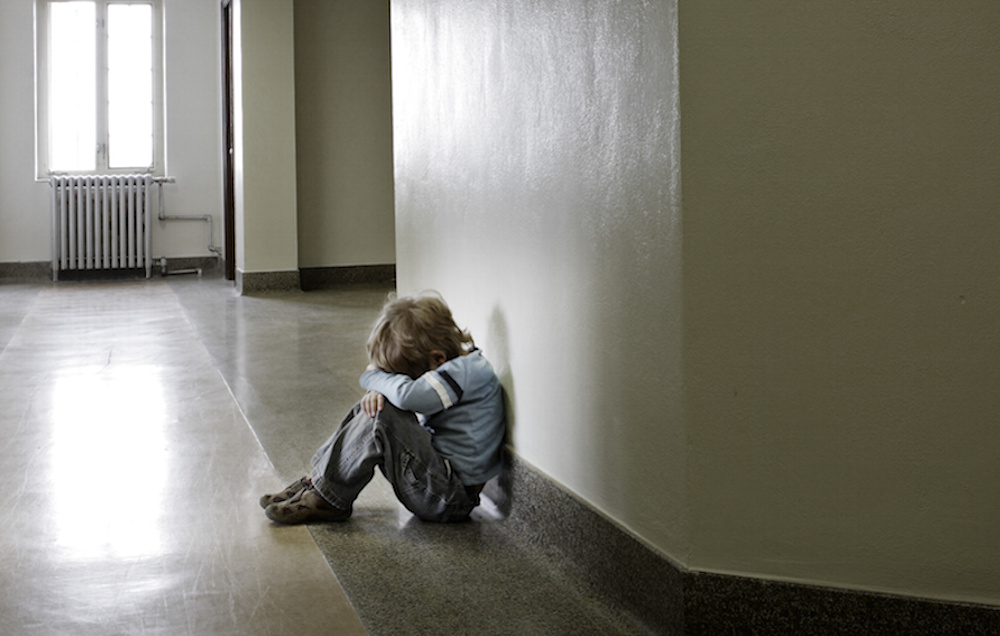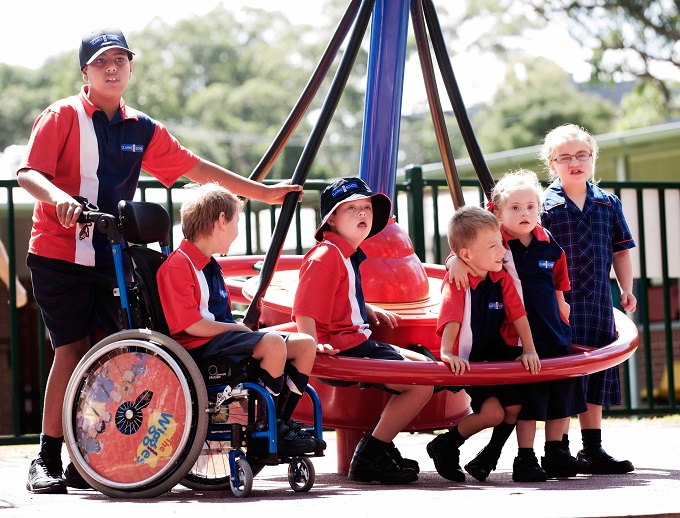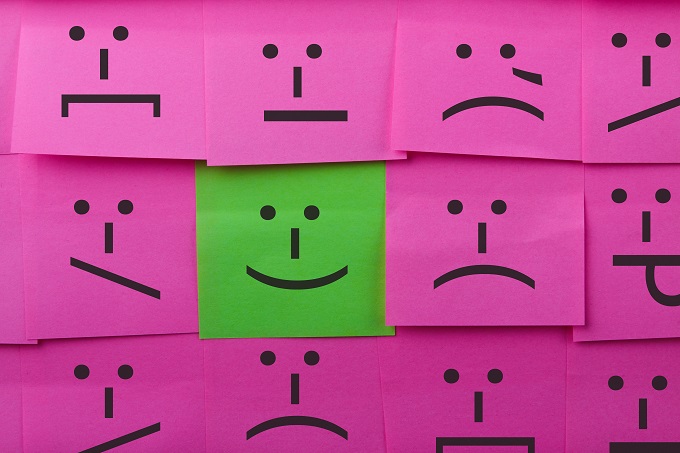Adam Voigt on the role of shame in behaviour management

Adam Voigt touches on the role of shame in the development of conscience and self responsibility. Shame has a purpose, as long as it’s the productive type and not the stigmatising type. This week, Adam defines the difference.
Brene Brown has done some fabulous TED Talks with wonderful relevance to educators about the damage done in our lives by one particularly awful emotion … shame. Shame is possibly the most terrible feeling we can experience, and most studies agree that it’s felt even more acutely than grief, pain, sadness and anger. When shame comes along, we are so emotional that we find thinking about anything positive or productive almost impossible.
That said, we experience all emotions for a reason.
The positive ones – such as joy, excitement and contentment – are designed to reinforce behaviours that help us to survive or socialise. And so too do the negative emotions play a role. Fear, as truly terrible as it feels, plays an important role for us in keeping us safe. Can you imagine driving to work, cooking or playing competitive sport if nobody felt any felt any fear? We need fear to help us regulate our behaviour in environs where our physical or emotional safety could otherwise be compromised. Fear’s role is to activate our ‘fight or flight’ mechanism, so that we act immediately – something the thinking part of our brain isn’t so good at.
So too does shame have a job. In the restorative practices world, Donald Nathanson opines that shame’s role is as our central social regulator. In a nutshell, it activates our conscience so that we can know whether we’ve done the right thing or the wrong thing. Think back on a time that you’ve accidentally knocked somebody over in your haste to get somewhere. It’s shame that tells us that we mustn’t leave the scene and our conscience that compels us to take action to make right the wrong we’ve committed … even if it was an accident.
So, for the most part, I concur with almost everything that Brown has to tell us about shame – but I think there are two qualifications on Brown’s work that we should attend to:
- Brown admits in her work that the minimising of shame should be the goal and not the elimination of it. A person without shame is a sociopath. Shame is, therefore, a normal emotion that serves our purpose. It’s just that, like junk food, you can have too much of it quite easily.
- That shame isn’t one thing, but two. The homogenising of shame into a single entity is unproductive and discredits our educators who, as conscientious professionals, are well capable of telling the difference between the good shame and the bad shame.
THE GOOD SHAME AND THE BAD SHAME
We refer to the bad shame as being ‘stigmatising shame’ in that it’s the type of shame that stays with you beyond the experience of the impetus for it. It’s the sort of shame that compels us to lash out at others in blame, to assign negative labels to ourselves (ever called yourself an idiot or a fool under your breath?), to indulge in the numbing qualities of too much alcohol or to withdraw from the location of the shame with a nice run of sick days. It’s the unproductive shame that we find so hard to resolve and move on from.
In our students, stigmatising shame is triggered by solely and excessively punitive responses to poor behaviour choices. Often dictated by a “rules is rules” mentality rather than any fair or contextual understanding, the formal application of consequences leads students into detentions, exclusion and a feeling being outcast.
The problem with this as a methodology for behaviour change is that, once you’re an outcast from the tribe, your interest in behaving in accordance with the tribe’s norms is close to zero.
On the other hand, there’s a type of shame that allows our conscience to be awakened – not in a way that applies stigma, but rather compels action. We refer to this as ‘reintegrative shame’.
Reintegrative shame is best characterised by being exposed to the harm of your choices and being held to account to clean up that mess, to restore. This approach doesn’t rely on punitive rule lists but always results in a trusted figure, often a Teacher, confronting you in conversation. To this point, it’s far more informal than the punitive approach.
The real benefit of using the reintegrative shame approach is that it’s geared at moving from past to present and to the future. The stigmatising shame option is all about digging deeper and into more detail about the past so that we can best determine the type and severity of the punishment to be doled out.
Moving a conversation about behaviour swiftly from past>present>future has proven a godsend to me as I can make it happen quite quickly. The alternate is usually to put my detective hat on, commence calling witnesses of varying repute and to launch my full “Educational CSI” inquiry.
If there’s one thing we’re scarce on in schools, it’s time. Use your wisely. Teach your students how to problem solve for themselves and develop for them a more healthy response to shame. They’ll need that to cultivate a working conscience … and teaching students with a well-developed conscience sounds a lot more appealing to me.
THE CHEAT SHEET
Don’t have time to absorb the whole article today? Here are the big points …
- All emotions are experienced for a reason.
- Shame has a job – to enact our conscience.
- Stigmatising shame is about punitive reliance.
- Reintegrative shame is about responsibility.
- The ‘time ROI’ is clearly in favour of reintegrative shame
AITSL STANDARDS FOR TEACHERS … and you addressed them by reading!
The Big One
1.1 Physical, social & intellectual characteristics of students.
But also …
1.2 Understand how students learn.
3.5 Use effective classroom communication.
4.3 Manage challenging behaviour.








Some great points!